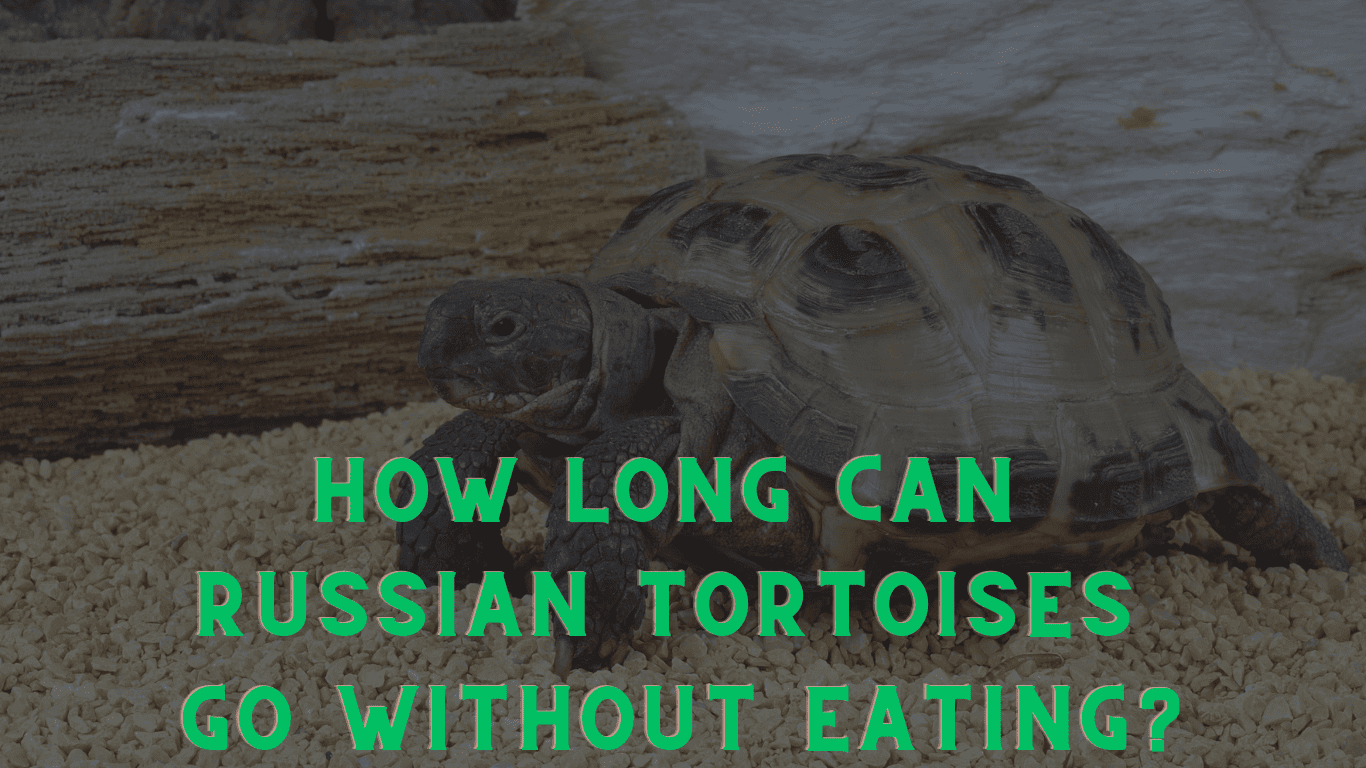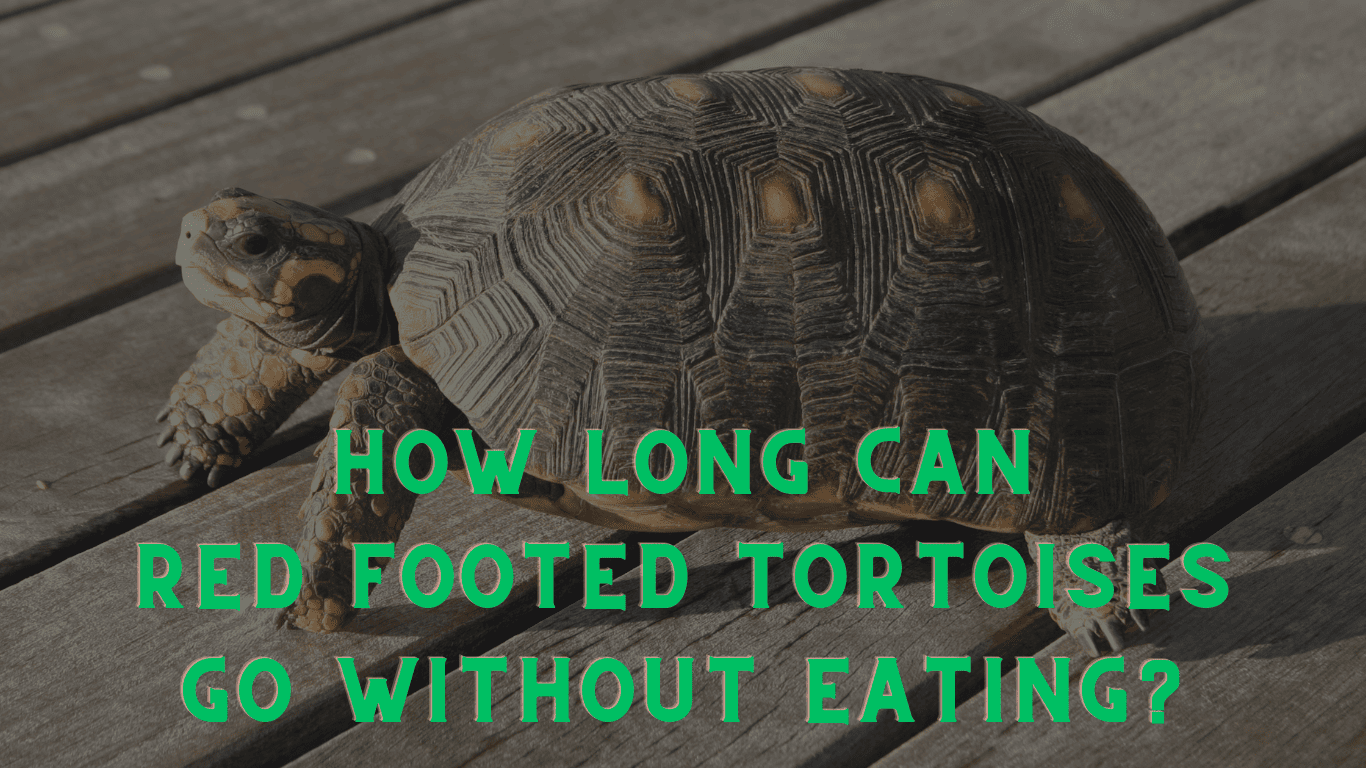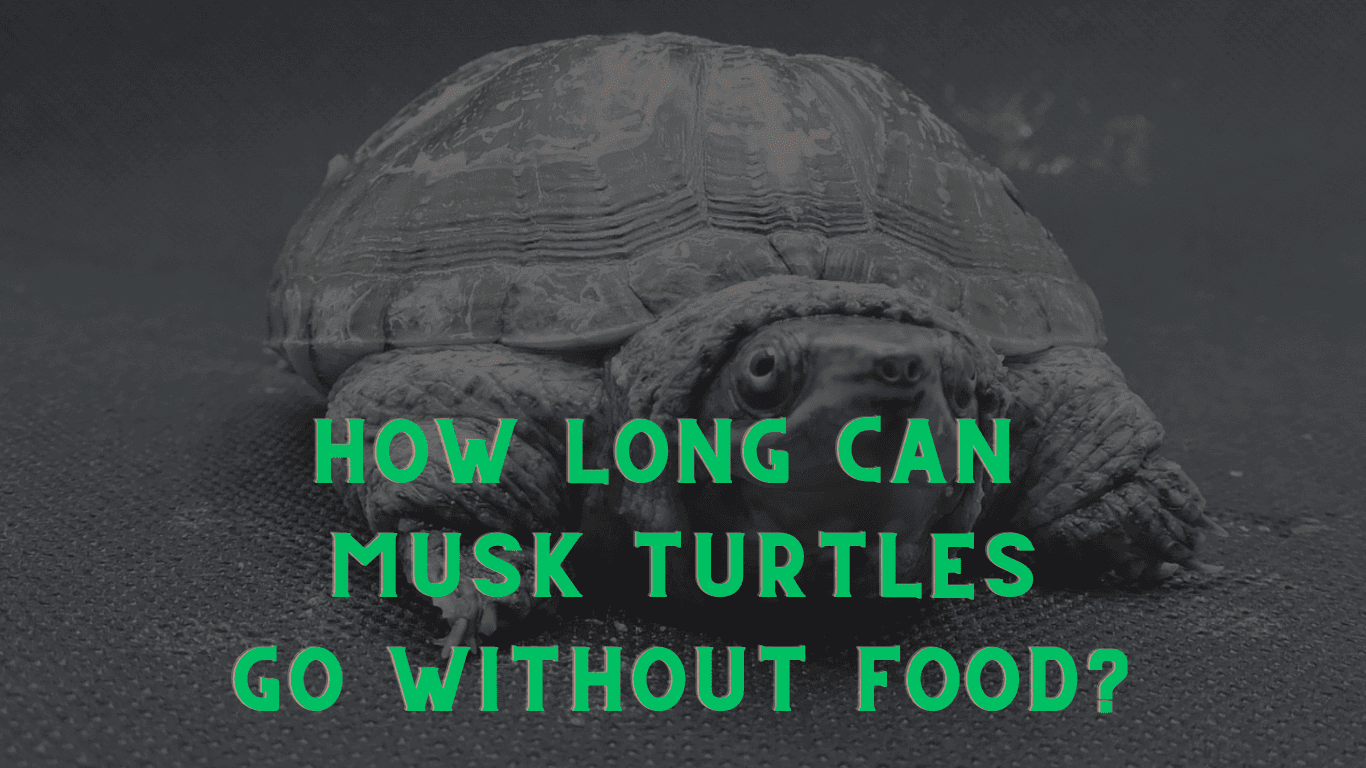If you’ve ever observed turtles, either in a zoo, pet shop, or in their natural habitat, you may have noticed a peculiar behavior.
Turtles often stack one on top of the other, creating a veritable tower of turtles. This behavior, known as “stacking”, is more than just a charming peculiarity. It’s a survival strategy, practiced for a host of reasons including to gain warmth, conserve energy, and evade predators.
Why Do Turtles Need the Sun?
Being ectothermic, or cold-blooded creatures, turtles rely on external sources of heat to regulate their body temperature. They cannot generate their own heat as mammals do. As a result, one of the most critical tasks in a turtle’s daily routine is basking in the sun to gather warmth. This need is so essential that turtles will stack themselves to increase their chances of sun exposure.
In this ‘turtle tower’, the topmost turtle is the beneficiary of unobstructed sunlight, while those underneath receive residual warmth from their stack-mates above. Despite the seemingly disadvantageous position of the lower turtles, they still benefit by absorbing heat through their shells from the turtle directly atop them, a useful adaptation when sunlight is limited.

How Does Stacking Help Turtles Conserve Energy?
Energy conservation is a crucial factor in the survival of any species. For turtles, stacking represents a practical solution to this challenge. By sharing body heat through stacking, turtles can maintain their body temperature without needing to expend as much energy.
This shared warmth is particularly beneficial during cooler weather or in aquatic environments where turtles might otherwise get cold. It’s a smart way for turtles to extend their energy reserves, allowing them to go longer between meals and thereby maximizing their survival chances.
Remember, while it might seem that the turtles on the bottom of the stack are losing out, they’re actually saving energy. These lower turtles can take advantage of the shared heat while expending minimal effort to stay in place, unlike the turtle at the top, who must balance and resist gravity.
How Does Stacking Provide Safety?
Apart from the need for warmth and energy conservation, stacking gives turtles another distinct advantage – safety. From a higher vantage point, turtles can spot potential predators earlier, giving them more time to retreat into their shells or make an escape. While turtles are not known for their speed, the few extra moments provided by this early detection can be the difference between life and death.
Furthermore, a stack of turtles can seem larger and more intimidating to a would-be predator, potentially discouraging an attack. This defensive strategy might not always be foolproof, especially against determined or large predators, but it offers an extra layer of protection that can help safeguard these fascinating reptiles.
Do All Turtle Species Stack?
Not all turtle species stack and the frequency of stacking can vary depending on both the species and their environment. Some turtles are more prone to stacking than others. For instance, certain types of land turtles have been observed to stack more frequently than their aquatic counterparts. This could be due to the difference in their environments and the availability of basking spots.
In the wild, turtles living in regions with limited sun exposure might stack more often to maximize their chance of receiving sunlight. In contrast, those living in sunny environments may not need to stack as frequently. Aquatic turtles, such as semi-aquatic turtles, often have more accessible basking spots, such as logs or rocks protruding from the water, allowing them to sunbathe without needing to stack.
Is Stacking a Social Behavior?
There’s a common misconception that turtle stacking is a social behavior, but this isn’t quite accurate. While turtles can exhibit certain social behaviors, such as recognizing their keepers or showing signs of happiness, stacking is not one of them.
Stacking is primarily a survival mechanism for turtles. They do not stack for companionship or because they “like” one another. Rather, they do it out of necessity to achieve the benefits previously discussed – sunlight exposure, energy conservation, and safety from predators.
Can Turtles Stack in Captivity?
Turtle stacking is not exclusive to the wild; it is also commonly observed in captive environments. For pet owners, this behavior can sometimes be a cause for concern. However, as long as the turtles are not exhibiting signs of stress or discomfort, and the stack is not too high that it poses a risk of injury, this behavior is generally considered normal.
That being said, it’s crucial for pet owners to provide ample basking spots for their turtles to prevent overcrowding and potential disputes over prime sunning real estate. If your turtle doesn’t have enough space to bask, it may resort to stacking more frequently, which can potentially lead to problems, especially if the turtles vary greatly in size.
How Does Stacking Differ Among Turtle Species?
While stacking is not uncommon among various turtle species, the manner in which it is done can vary. Some species prefer stacking in a straight line, with one turtle directly on top of another, while others may form more of a pyramid shape. This intriguing behavior can be seen among the many types of aquatic turtles, semi-aquatic turtles, and even some types of land turtles.
One common concern about stacking is whether it can cause harm to the turtle at the bottom of the stack due to the weight of the others. While it’s true that a turtle can be injured if the stack is too high, turtles generally have strong shells that can withstand the weight of their peers. However, it’s important to ensure the turtles are of similar size to avoid potential injuries.
How Can Pet Owners Encourage Healthy Stacking?
For those who keep turtles as pets, understanding stacking behavior is vital. If your turtles begin to stack excessively, it might be an indication that there’s a lack of basking spots in their enclosure. To promote healthier stacking behavior, consider providing multiple basking areas. This could be in the form of flat rocks, logs, or even specially designed turtle docks. By doing so, you can help mitigate potential disputes and overcrowding.
In some cases, pet owners might have to intervene when turtles stack too high or if a smaller turtle is being squashed by a larger one. In these instances, learning how to safely remove a turtle from its shell can be incredibly useful.
Why Is Understanding Turtle Stacking Important?
Understanding why turtles stack is a fascinating aspect of their behavior, demonstrating their adaptability to their environment and survival instincts. While it’s not a social activity, this behavior has important implications for how turtles regulate their body temperature, conserve energy, and even keep an eye out for potential predators.
Whether observed in the wild or in a captive setting, turtle stacking is undoubtedly a captivating sight, illustrating the extraordinary survival strategies of these ancient creatures. Through understanding this behavior, we can appreciate the complexity of these amazing animals and provide better care for those in captivity.




Leave a Reply